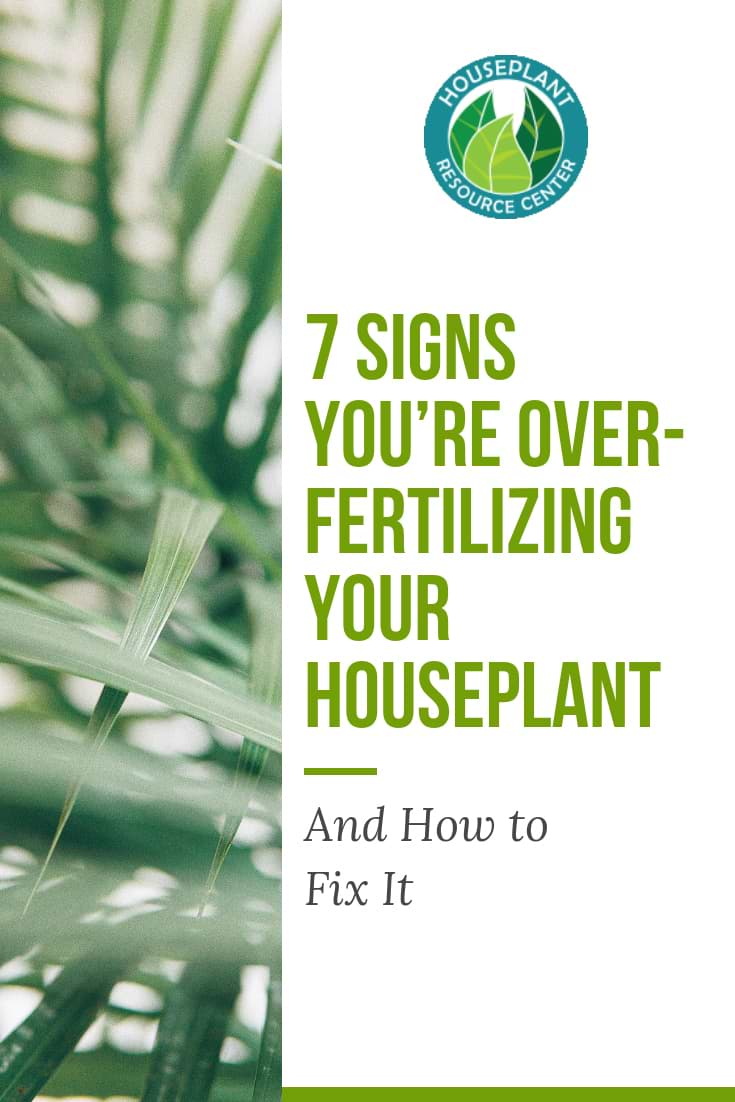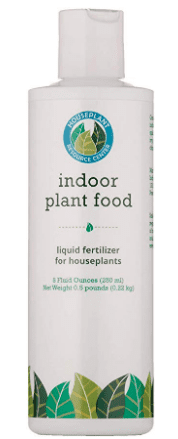Can you over fertilize plants?
Is over-fertilizing dangerous to your houseplants? You know that plants need fertilizer to get all the nutrients they need to be healthy, but can you have too much of a good thing?
You sure can!
In human health, we tend to worry a lot about vitamin and mineral deficiencies, but an excess of vital nutrients can be just as harmful. For example, too much vitamin A can make you very sick. Kidney stones are caused by mineral imbalances.
Excessive fertilizer can harm plants, so it’s important to keep the balance right!
What can over-fertilizing do to plants?
The main danger to over fertilizing plants is “burning”. Fertilizers have high amounts of different salts that can pull moisture away from the roots in a process called reverse osmosis.
If the salt content in the soil is higher than what the plant contains, then reverse osmosis will occur and the plant will be in danger of chemical burns and dehydration.
The most severe damage occurs underground in the roots where the soil is. Excess salt in fertilizers can “burn” the roots and limit moisture uptake.
And if the plant can’t absorb water, it’s in trouble!
We obviously don’t want that, so let’s look at the signs that your plant is getting too much fertilizer.
7 Signs Your Houseplants Are Over-fertilized
1. A crust of fertilizer on the soil surface

This is a sign that the plant is not absorbing the minerals, so they’re building up on the surface of the soil.
2. Yellowing and wilting of lower leaves
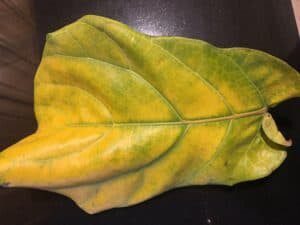
This can also be caused by over-watering or not enough light, so do a little experimenting to determine the exact cause. Watch for the other signs on this list as well!
3. Browning leaf tips and margins
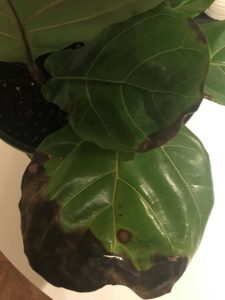
This can indicate that the plant isn’t absorbing water properly, which is a symptom of over-fertilizing.
4. Limp and browned or blackened roots

This is a sign of the “burning” we mentioned earlier.
5. Defoliation
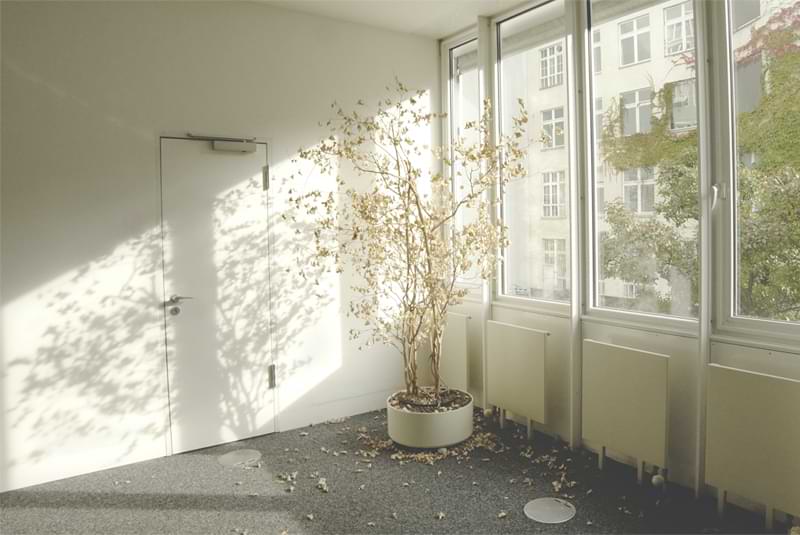
Watch for falling leaves. This can also be caused by improper watering, so take that into consideration as well.
6. Lack of blossoms
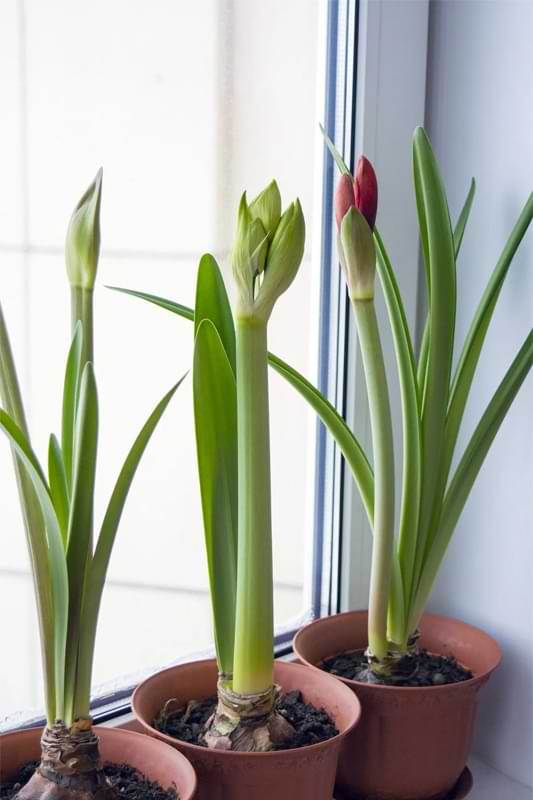
Should your plant be blossoming by now? If it’s not, something is off.
7. Very slow or no growth
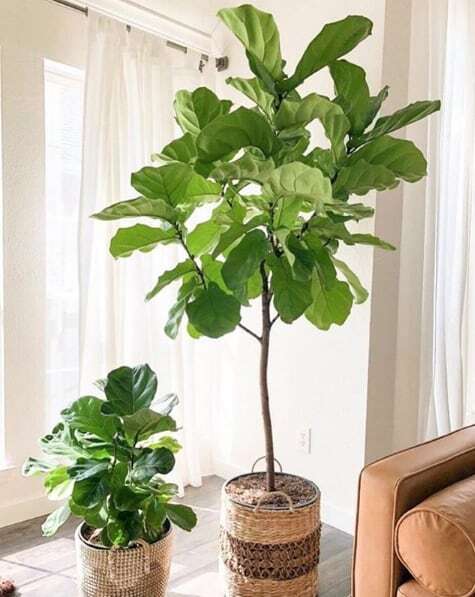
Plants need the right balance of nutrients to support growth and metabolism, so if you’re not seeing progress, that’s a good sign that the nutrients are imbalanced.
Rescue Mission: How to Reverse Over-fertilization of Your Houseplant
Your plant is showing the above signs, and you’ve determined that it’s receiving too much fertilizer. Is this the end?
Don’t panic! All your plant needs is a little extra love and attention to get back into balance.
The first thing you want to do is remove as much excess fertilizer as possible.
If there is a crust of fertilizer on the surface of the soil, use a spoon to remove it carefully, but don’t take more than ¼ of soil with it. We don’t want to stress the plant any more than it already is.
Next, remove the wilted or and burned leaves.
After that, leach the fertilizer out of the soil with a nice, long watering. Let the water run out of the drainage holes and empty the trays immediately. You might want to do this three or four times, because this will take the fertilizer out of the roots.
After leaching, don’t fertilize the plant for at least a month.
Your plant should perk up and start growing again soon!
We Recommend Indoor Plant Food
Our Indoor Plant Food is the perfect solution to over-fertilizing. Using this natural, safe, and organic supply of nutrients every time you water is like the perfect multivitamin for your plant. It’s premixed, gentle, and there’s no risk of burning. Click here to buy now.
Houseplant Essentials:
- Make sure you’re giving your plants the right nutrients! Our Indoor Plant Food works perfectly for almost all indoor plants, and it’s easy to use. Grab it here!
- Use our premium well-draining potting soil for your houseplant.
- Protect your houseplant from insects, bacteria, and fungus with our Houseplant Leaf Armor. (As an added bonus, the Leaf Armor also cleans and adds shine to your houseplant’s leaves!)
- Use a moisture meter like this one to always know how thirsty your plant is.
Ready to take your houseplant game to the next level? Check out our guide to fiddle leaf figs and other ficus lyrata plants!

(Also available in Kindle edition!)
To learn more:
- Join us for our free Top Secrets From Fiddle Leaf Fig Growers Webinar or enroll in our free Advanced Fiddle Leaf Fig Care Course.
- Click to join our community on Facebook: Fiddle Leaf Fig Plant Resource Group.

